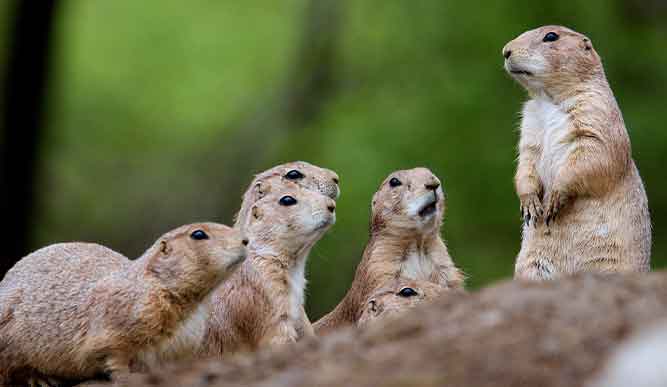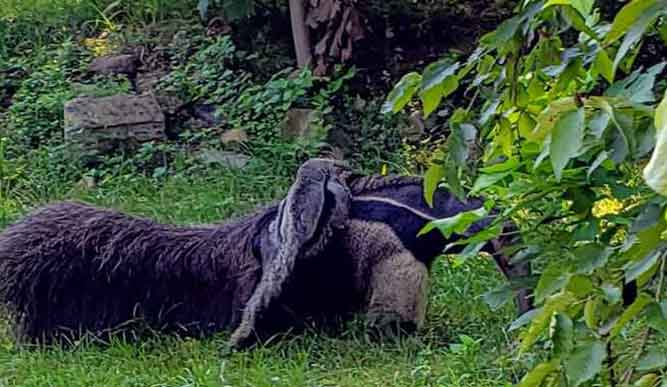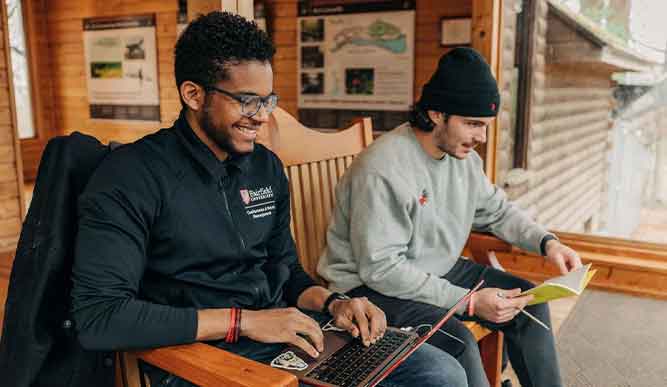RIZE is a unique service learning and research program born from a collaboration between Connecticut’s Beardsley Zoo and Fairfield University. Unlike traditional university research conducted in zoos, RIZE projects are directly selected by zoo staff to address their specific needs.
Zoos often face limited resources, leaving many important questions about animal behavior unanswered and anecdotal observations undocumented. RIZE aims to bridge this gap by providing the necessary student manpower, equipment, and resources to carry out these vital projects. Our students work on a variety of initiatives, from behavioral monitoring to exhibit enrichment, with projects lasting anywhere from a single semester to several years.
What have RIZE students accomplished at Connecticut’s Beardsley Zoo since 2014?
- 18 posters presented at AZA meetings in Orlando, Salt Lake City, San Diego, Indianapolis, Seattle
- Over 2000 research service hours
- Over $30,000 in grant and scholarship money
- Media Coverage (e.g. AZA Connect Magazine, Connecticut Post Newspaper, Fairfield Magazine)
Our Philosophy
Service learning is an educational approach in which students apply academic knowledge and skills to address the goals and needs of disadvantaged communities. While service learning typically centers around human communities, we believe that many animal species currently represented in zoos around the world should also be defined as communities in need in that these species are experiencing exploitation and marginalization on a massive global scale.
RIZE Projects
RIZE has worked on several projects for CT’s Beardsley Zoo. Projects were designed to specifically address zoo questions, needs, and goals. Below are just a few of the projects carried out by RIZE.



